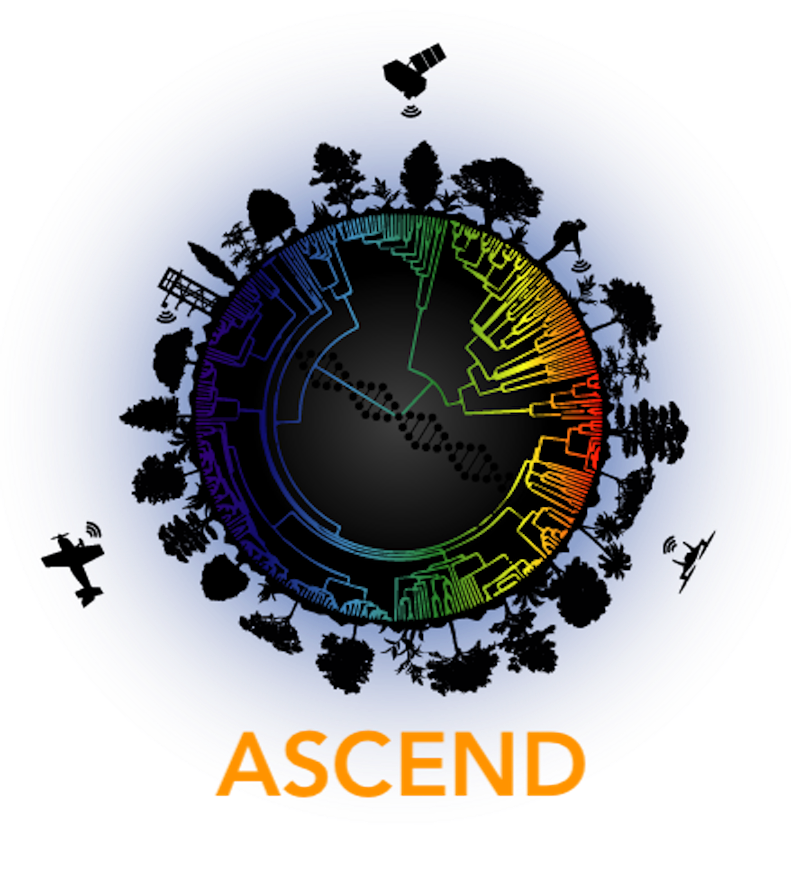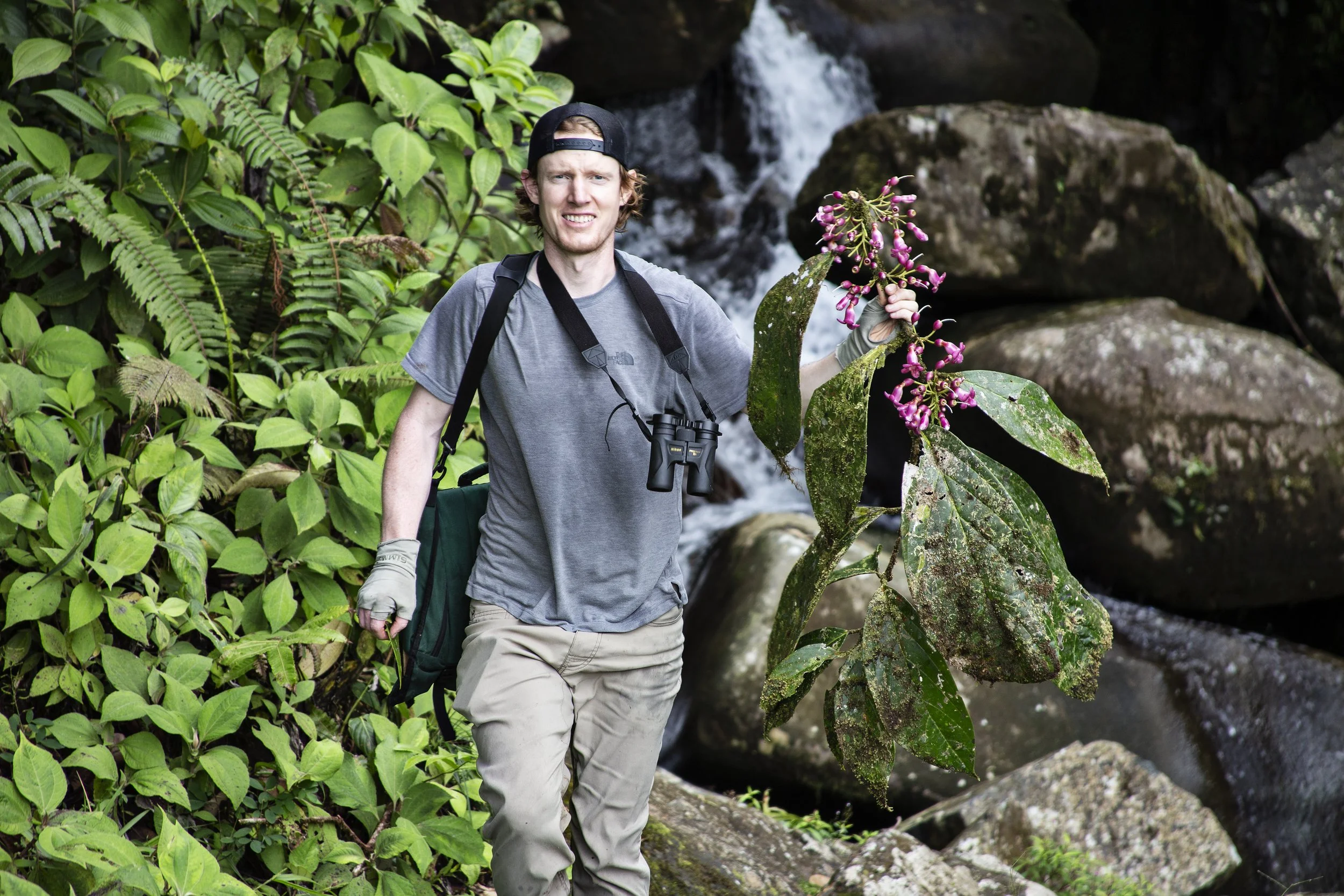NextGen: Dawson White
Hello! My name is Dawson. I grew up in Telluride, Colorado. My research goals are to improve estimates of plant diversity, especially in the tropics, and to understand why there are disparities in this diversity across space, time, and branches of the tree of life.
Q) When did you know that you wanted to become a scientist and how did it unfold for you?
A) As a kid with plenty of exposure to wilderness, I was always interested in biology and loved catching reptiles and fish, but this general interest would not have translated into a career without an undergraduate research internship in the Amazon. Shout out to John Janovec, former Director of the Andes to Amazon Biodiversity Program of the Botanical Research Institute of Texas, for collaborating with the Pinhead Institute to generate my 2007 internship, and letting me return in 2008. I worked for other plant ecology projects in subsequent years in Colorado and Alaska, but three things from this Amazonian internship pushed me directly into a doctoral program: First, seeing the fantastic diversity of plant life in the Peruvian Amazon and learning that scientists can still only estimate the number of plant species there and in many other regions of the globe. Second, realizing that the Peruvian and American scientists I was working with were (mostly) normal people whose work was continuously improving these estimates. Lastly, several mentors became friends, most notably John, who helped me succeed in obtaining NSF Graduate Research Fellowship to study the systematics and taxonomy of the Coca family of plants.
Q) Tell us about your research projects in ASCEND
A) The dimension of spectral biology I am most excited about is using the spectral reflectance of a leaf as a signature to identify what species it is from, like an electromagnetic barcode. Studies thus far have shown that these ‘species spectral signatures’ can classify fresh leaf tissue with amazing accuracy, usually over 95%. This is especially exciting because of its scalability; ASCEND researchers are now making inventories of entire landscapes using imaging spectrometers on drones, airplanes, and satellites. In addition to making identifications, spectral signatures can be used to estimate leaf traits like nitrogen or carbon content. However, in order to classify leaves to species or estimate traits, we have to build supervised models around curated spectral libraries. The best place to build these spectral libraries could be herbaria because of the bounty of specimens they hold. My research project is testing the utility spectroscopy-based species identification and trait estimation from herbarium specimens. The main questions I am trying to address are:
How accurately can leaf reflectance spectra of old, dry, leaves in herbarium collections be classified to species or higher taxonomic groups?
How does the spectral contamination by glue and paper affect classification accuracy?
How does within-group and among-group phylogenetic diversity affect classification accuracy at different taxonomic levels, such as species, genera, or families?
Can we simulate reflectance spectra of fresh leaves from herbarium reflectance spectra?
Dawson White in Ecuador in 2021. He studies the systematics of Coca plants and relatives. Dawson is an NSF Postdoctoral Research Fellow at the Negaunee Integrative Research Center at the Field Museum in Chicago.
Q) What are your hobbies and preferred activities when you are not doing science?
A) Being located in the Twin Cities, my favorite thing to do when not doing science is to take advantage of our local urban parks and green spaces, which are great in all seasons. In the rare warmer months here, I enjoy paddleboarding on the many lakes in the Twin Cities area. In the seasons we have snow, I like to still get outside and spend time cross-country or downhill skiing. When not being active, I also enjoy sampling the local craft beer scene in the Twin Cities with friends.
Q) How would you explain your research to someone who is not a scientist?
A) Before we can dive into understanding the causes and consequences of plant biodiversity we have to first define and quantify this diversity. Botanists have been classifying individual plants into groups called species and revising them for over 250 years, but plants do not always fall neatly into species groups and there are so many different forms that we still can only estimate global plant species diversity. I am helping refine our estimates of diversity for two groups of plants, the Coca family and the genus Dryas (Rose family), and by developing new tools to analyze herbarium specimens – which are museum collections of dried, pressed plants. My research involves collecting new plants from the field, analyzing forms and tissues in the herbarium, and doing genetic analyses in the laboratory.

